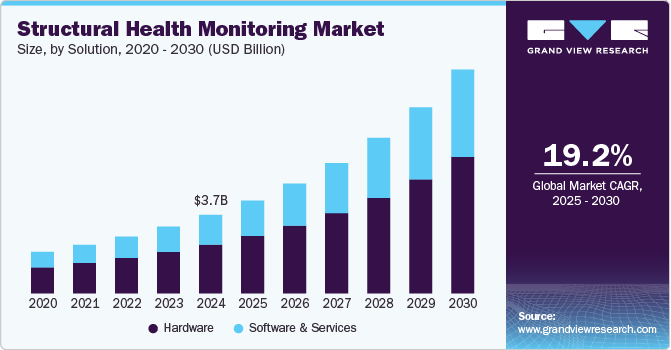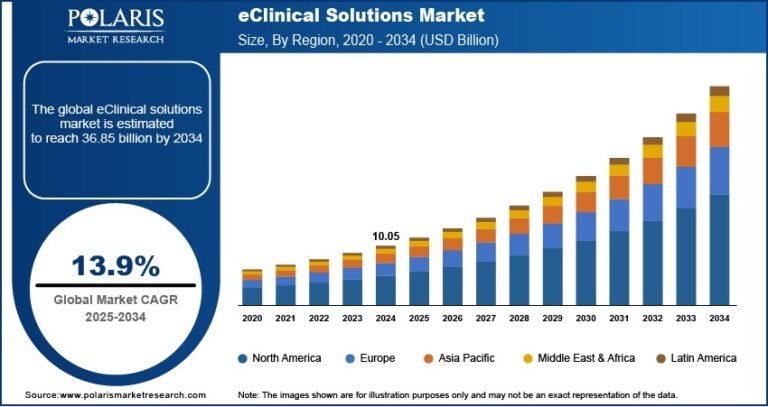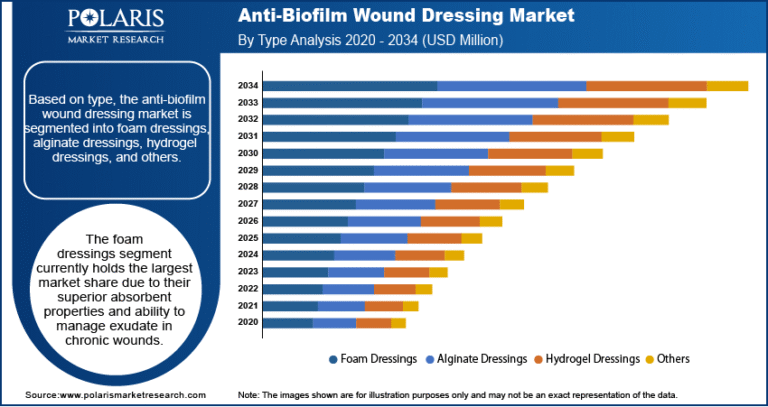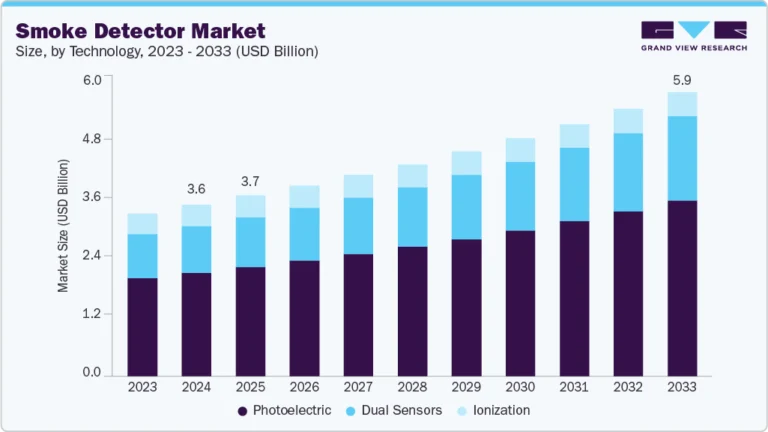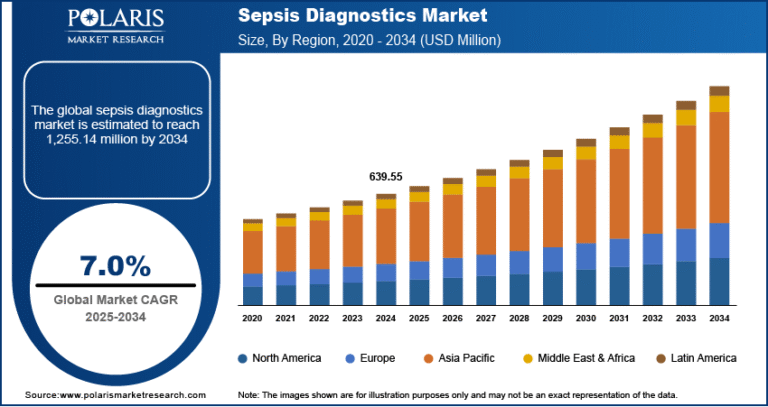The Medical Gas Market Size is projected to reach USD 28.34 billion by 2034, expanding at a CAGR of 7.00%.
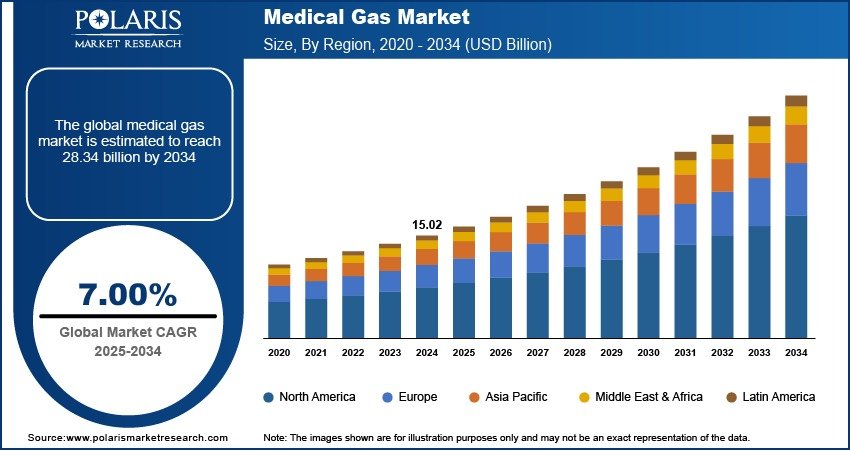
Market Size & Forecast
Market size value in 2025 – USD 15.83 billion
Revenue forecast in 2034 – USD 29.04 billion
CAGR – 7.00% from 2025 – 2034
Request for Free Sample:
https://www.polarismarketresearch.com/industry-analysis/medical-gas-market/request-for-sample
Market Overview:
The medical gas market encompasses a range of gases used in healthcare settings for therapeutic, diagnostic, and surgical purposes. Commonly used gases include oxygen, nitrogen, carbon dioxide, nitrous oxide, and helium, which are vital for applications such as respiratory therapy, anesthesia, cryotherapy, and medical imaging. These gases are supplied through various modes including cylinders, pipelines, and on-site generation systems, serving hospitals, clinics, home healthcare, and research laboratories. As healthcare infrastructure expands globally, the demand for reliable and safe medical gas supply continues to rise.
Key Market Growth Drivers:
A major driver of market growth is the increasing prevalence of chronic diseases such as asthma, COPD, and cardiovascular conditions, which require ongoing respiratory support and hospital-based interventions. The aging global population, particularly in developed regions, is also boosting demand for medical gas therapies. Additionally, the expansion of home healthcare services and the growing number of surgical and diagnostic procedures, especially post-pandemic, are contributing to higher consumption. Technological advancements in gas delivery systems and the development of portable oxygen concentrators further enhance market growth.
Market Challenges:
Despite strong demand, the medical gas market faces several challenges. Stringent regulatory requirements for gas purity, storage, and handling can delay product approvals and increase compliance costs. Supply chain disruptions, particularly for bulk gas production and cylinder logistics, pose operational risks, especially during health emergencies. Moreover, safety concerns related to gas leaks, contamination, or improper use in homecare settings may limit adoption. Price volatility of raw materials and energy costs also impact production efficiency, requiring companies to balance affordability with quality.

